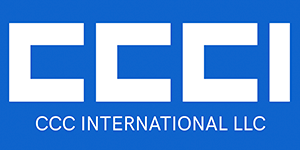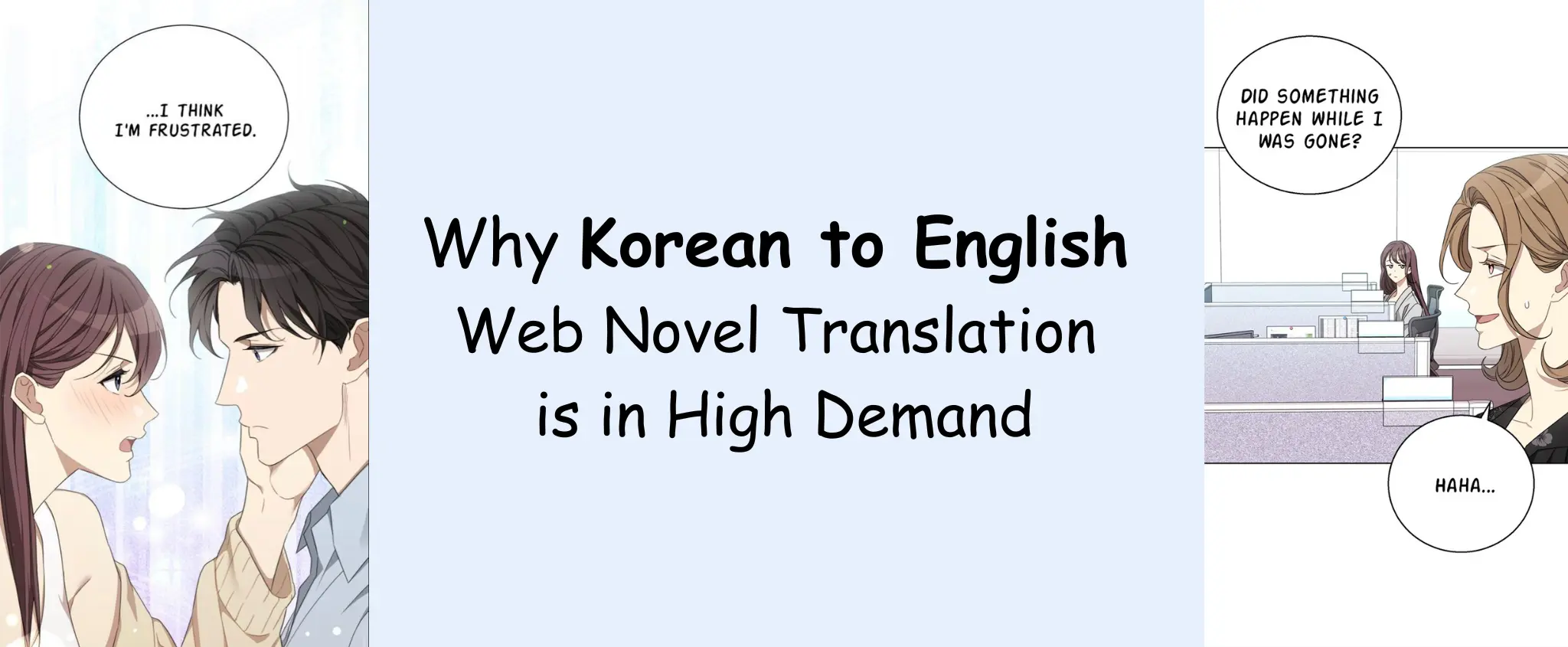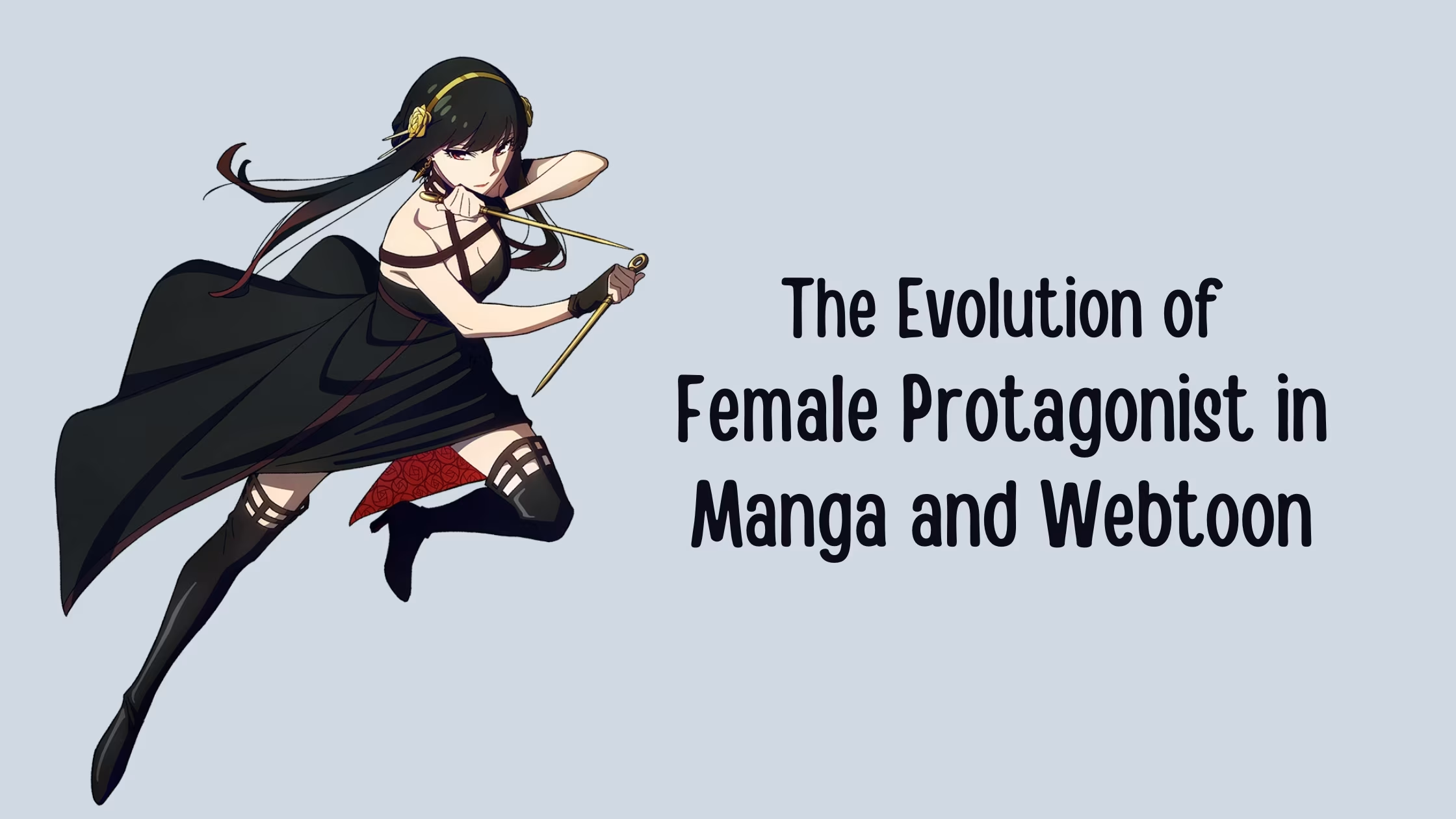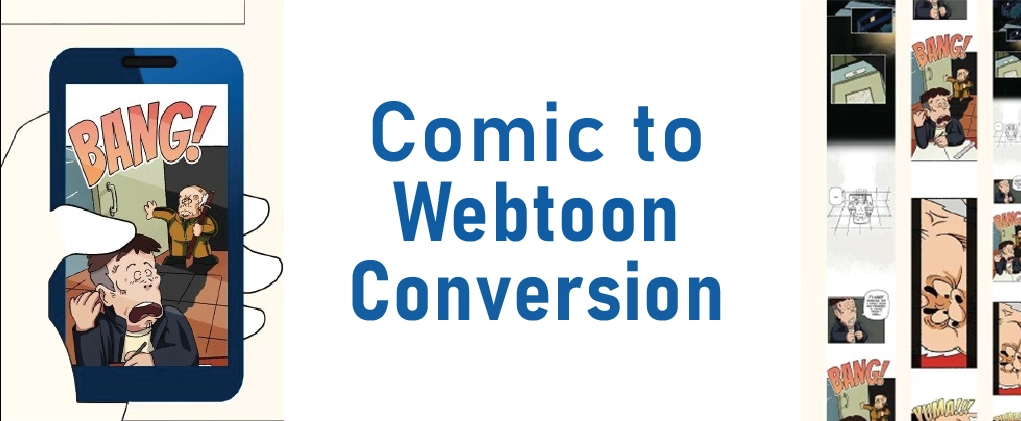Webtoons and the Role of Webtoon Translation for Globalization
The birth of webtoon
Originating in Korea, webtoon (웹툰) is colorized mobile and digital comics, an offshoot of the older Korean manhwa. In other words, it is the counterpart of manga in South Korea. The name itself is a compound word, derived from “website” and “cartoon.” The webtoon reader community around the world is quickly expanding, making the webtoon a “syndrome” in the current generation. If you’re familiar with K-dramas (Korean dramas) such as Itaewon Class, True Beauty, and What’s Wrong With Secretary Kim?, you have to know that they all were adaptations based on highly popular webtoon series. Gripping plots, interesting characters, and exquisite art make millions of fans obsessed with these revolutionary comics.
Webtoon was created by the mobile internet ecosystem. In the early 2000s, they were recognized as independent stories in a “snack-culture” format. As of date, the fairly simple and linear distribution of webtoons by Korean platform providers and easy-to-access resources fuel the Korean comics market growth. Indeed, the South Korean webtoon market is expected to grow at an impressive rate as it continues to boost its content competitiveness worldwide. Before, webtoons were exclusively produced by Korean content creators; now, any artist from all around the world can make and upload their own webtoons.
So, what is “snack culture”?
This term is pretty popular in South Korea, and it refers to entertainment that is consumed in a short period (not more than fifteen minutes). That is to say, you can enjoy it anytime and anywhere like devouring a snack.
The success of webtoons
Continuously growing internet penetration along with the increasing number of internet users presented a notable opportunity for the country. Hence, optimized for smartphones from the get-go, webtoons have generated strong demand and significant progress over the years not only in the homeland but also across the globe.
It goes without saying that communication between the audience and the artist/writer is crucial for success. Having considered this communicational factor also helped webtoons to become a leading cultural trend at the international level.
All things considered, webtoons, the flagship of the cultural phenomenon of South Korea, continue to accomplish extensive commercial success far beyond their predictions. Its ongoing evolution contributed to a new term: “webtooniverse”.
Webtoon vs Manga: What’s the difference?
Both Japanese manga and Korean webtoons are popular internationally, serving as a unique “bridge” between different cultures. Therefore, there are several subtle differences between them introduced below:
- Manga, a social phenomenon in Japan, began to conquer the world during the 1980s, way earlier than webtoon.
- With some exceptions, manga mostly is in black and white; webtoons are mostly colored.
- Most manga titles, published in lengthy volumes, have been adapted into anime series, and many best-selling manga have been translated into different languages. Meanwhile, many Korean dramas or movies based on webtoons have been created and become popular globally.
- Manga is in pages while webtoon is in vertical strips, designed to generate a feeling of “infinite-scrolling.”
- Manga is normally initially hand-drawn and nearly all series are in print, while webtoon caters to digital device users.
- Japanese manga is read right to left, American comic books are read left to right, while webtoons have a vertical layout.
Nonetheless, both manga and webtoon offer diverse genres for various sorts of readers. Thanks to this, they have captivated local and international audiences, both the old and younger generations.
Webtoon market overview
The fast-growing popularity of webtoons ensures a continuously thriving market. There are two big web portals or so-called key market players in South Korea: Naver and Daum. According to statistics, in 2020:
- Naver Corporation’s revenue amounted to more than 5 thousand billion South Korean won. Their website is one of South Korea’s most visited online portals.
- Daum Kakao’s annual revenue was around 4.2 trillion South Korean won.
- Both companies’ revenues have continued their growth over the years and are expected to earn more in 2021, thanks to their pivotal internet growth strategy.
Home to thousands of slice-of-life stories across numerous genres (including romance, comedy, action, fantasy, horror, etc.), these two Korean internet portals undoubtedly invested significant amounts of resources to globalize themselves. And it definitely paid off.
Excellent webtoon translation and typesetting
Parallel to the growing number of digital publishing houses specializing in Webtoon, high-quality Korean webtoon English translations are becoming more and more in-demand.
Thus, to translate webtoons from Korean to English correctly, webtoon translators and localizers should possess strong creative writing and translation skills, as well as a profound understanding of cultures. Besides this, it is also vital to be an ace at conveying meaning rather than just translating words to another language. The translator should grasp the subtle nuances of the dialogues and details without betraying the sense and feel of a scene.
As one of the leading manga translation companies, CCCI offers official manhwa or webtoon translation services from Korean to English, English to French, English to German, and many other languages.
Manga and comics translation is one of our flagship services. We have a dedicated team of manga and webtoon translators and typesetters who provide flawless translation and meticulous localization services for every project. They possess a comprehensive knowledge of the Japanese and Korean subculture, convey the appropriate tone of language, and make the text seamlessly blend with the images. Thanks to our ineffable experience, we guarantee that the feeling of the comics is delivered appropriately in the target language.
The work is highly creative. Based on our and many other manga and webtoon translators’ experiences, the work does not only require translation and linguistic skills but also writing skills. We have resources for more than 30 languages to enable the simultaneous distribution of translated webtoons worldwide.
Moreover, we make small and huge adjustments on the level of the sentence, phrases, word usages, or typography to meet the clients’ needs, while ensuring a high level of entertainment for the intended audience no matter the genre, whether fantasy, light novels, seinen, shōjo, shōnen, josei, romance, a slice of life, action, or anything else.
For the past 10 years, CCC International has contributed to the spread of manga and comics culture. We help translate Japanese manga, American comics, Korean manhwa, French bande dessinée, Chinese manhua, digital comics called webtoons, and many more, into major Asian and European languages.
Looking for professional webtoon translation, typesetting or animation services? Reach millions of webtoon fans across Europe, Asia, the USA, and all over the world through our webtoon localization services.
Check also – Korean words and phrases from K-dramas, comics and webtoon to read for Christmas, and Indonesian webtoon market, Webtoons to read in spring 2022.






